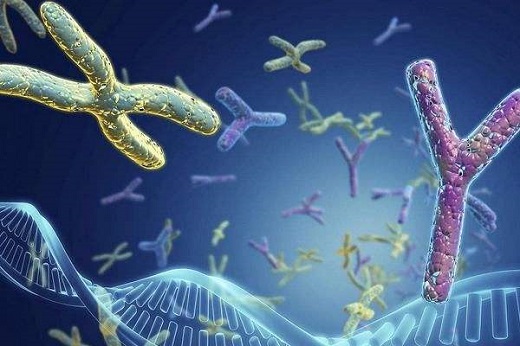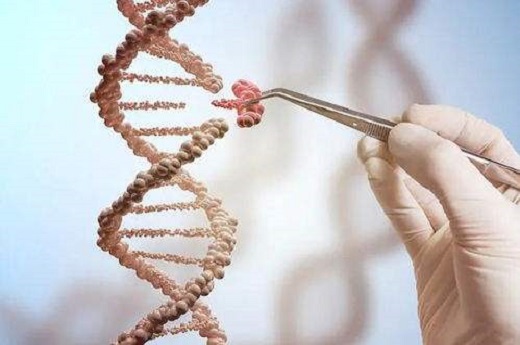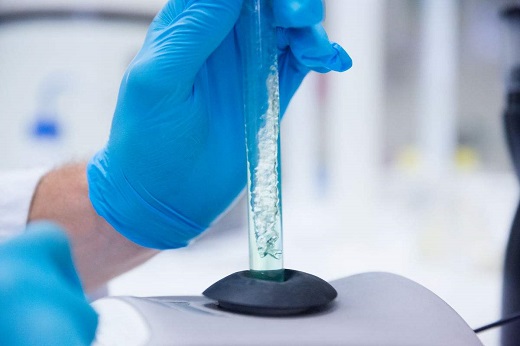试管婴儿技术是一项辅助生殖技术,通过将受精卵在实验室中培育成胚胎,再将胚胎移植到母体子宫内,帮助不孕不育夫妇实现生育梦想。而在试管婴儿技术中,鲜囊胚的成功率一直备受关注。鲜胚和囊胚在试管婴儿技术中也有着不同的特点。本文将详细介绍试管婴儿鲜囊胚成功率以及试管婴儿的鲜胚和囊胚的区别。
In vitro fertilization (IVF) technology is an assisted reproductive technology that helps infertile couples achieve their dream of having a baby. The success rate of fresh and blastocyst embryos in IVF technology has always been a topic of interest. At the same time, fresh and blastocyst embryos also have different characteristics in IVF technology. This article will provide a detailed explanation of the success rate of fresh and blastocyst embryos in IVF, as well as the differences between fresh and blastocyst embryos in IVF.

试管婴儿鲜囊胚成功率
试管婴儿鲜囊胚成功率是指通过鲜胚和囊胚移植到母体子宫内后,最终成功妊娠并顺利分娩的比例。成功率受多种因素影响,包括女性年龄、卵子质量、子宫内膜情况等。据统计,全球试管婴儿鲜囊胚成功率平均在30%左右。
The success rate of fresh and blastocyst embryos in IVF refers to the proportion of successful pregnancy and delivery after the embryos are transferred to the uterus. The success rate is influenced by various factors, including female age, egg quality, and uterine lining. According to statistics, the global average success rate of fresh and blastocyst embryos in IVF is around 30%.
试管婴儿的鲜胚和囊胚区别
试管婴儿的鲜胚是指在受精卵培育2-3天后,将胚胎移植到母体子宫内。而囊胚是指将受精卵培育5-6天后,形成囊胚结构后再移植到母体子宫内。鲜胚和囊胚的区别在于培育时间和胚胎发育阶段。囊胚移植在一定程度上提高了试管婴儿成功率,因为囊胚具有更高的植入和着床能力。

The difference between fresh and blastocyst embryos in IVF lies in the cultivation time and embryonic development stage. Fresh embryos are transferred to the uterus 2-3 days after fertilization, while blastocysts are transferred to the uterus 5-6 days after fertilization, after forming a blastocyst structure. Blastocyst transfer has been shown to improve the success rate of IVF to a certain extent, as blastocysts have a higher implantation and implantation capacity.
鲜囊胚成功率的影响因素
试管婴儿鲜囊胚成功率受多种因素影响,包括女性年龄、卵子质量、子宫内膜情况、激素水平、生活方式等。女性年龄是影响鲜囊胚成功率最主要的因素,因为随着年龄增长,卵子数量和质量都会下降,导致成功率降低。
The success rate of fresh and blastocyst embryos in IVF is influenced by various factors, including female age, egg quality, uterine lining, hormone levels, and lifestyle. Female age is the most important factor affecting the success rate of fresh and blastocyst embryos, as egg quantity and quality decrease with age, leading to a lower success rate.

鲜囊胚移植的注意事项
在进行鲜囊胚移植时,需要注意子宫内膜的厚度和形态,以及卵巢功能和激素水平。还需要注意移植时机的选择,确保在最佳的生殖周期内进行移植,提高成功率。
When performing fresh and blastocyst embryo transfer, it is important to pay attention to the thickness and morphology of the uterine lining, as well as ovarian function and hormone levels. In addition, it is important to choose the timing of the transfer to ensure that it is done during the optimal reproductive cycle, in order to improve the success rate.
鲜囊胚与冷冻囊胚的比较
与鲜囊胚相比,冷冻囊胚在移植时机的选择上更加灵活,可以根据患者的生活和工作安排进行调整。冷冻囊胚在移植时也能够减少患者的激素使用,降低移植风险。
Compared to fresh and blastocyst embryos, frozen blastocysts offer more flexibility in choosing the timing of the transfer, which can be adjusted based on the patient's lifestyle and work schedule. In addition, frozen blastocysts can also reduce the use of hormones and the risk of transplantation during the transfer.
鲜囊胚成功率的提高策略
为了提高鲜囊胚的成功率,可以采取一些策略,如优化患者的生活方式,保持健康的饮食和适当的运动,减少压力和焦虑等。也可以通过辅助生殖技术,如胚胎质量评估和激素治疗等,来提高鲜囊胚的成功率。
In order to improve the success rate of fresh and blastocyst embryos, strategies such as optimizing the patient's lifestyle, maintaining a healthy diet and appropriate exercise, and reducing stress and anxiety can be adopted. In addition, assisted reproductive technologies, such as embryo quality assessment and hormone therapy, can also be used to improve the success rate of fresh and blastocyst embryos.
试管婴儿鲜囊胚成功率是一个复杂的问题,受多种因素影响。通过了解鲜囊胚的特点和移植过程中的注意事项,患者可以更好地选择合适的移植方案,提高成功率,实现生育梦想。
In conclusion, the success rate of fresh and blastocyst embryos in IVF is a complex issue that is influenced by various factors. By understanding the characteristics of fresh and blastocyst embryos and the considerations during the transplantation process, patients can better choose the appropriate transplantation plan to improve the success rate and achieve their dream of having a baby.





